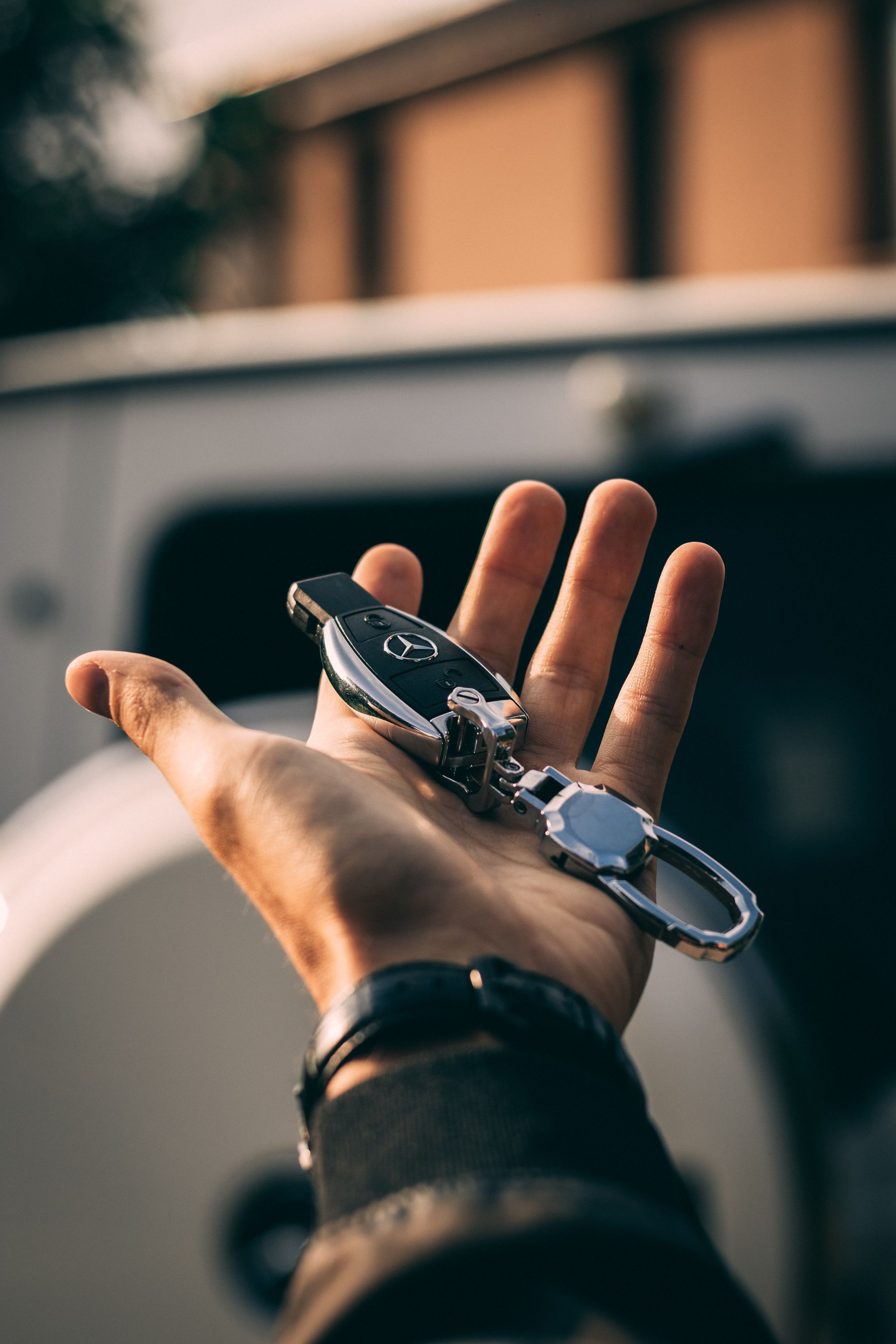10 Simple Ways to Improve Your Car’s Gas Mileage

With gas prices on the rise, Americans are doing everything in their power to conserve fuel. If you own a car, it's almost certain that you've felt the pinch at the pump.
Many factors affect gas mileage, and many of them are quick and easy to fix. Here are four things you can do now to conserve gas or optimize your car’s fuel efficiency.
Things you can do in 15 minutes or less
1. Plan your driving
Planning your driving may not actually affect your gas mileage. However, it will help you conserve gas.
Think about what you need to do tomorrow and this week. Where are the stops you need to make? If the store is on your way home from work, you may consider stopping by on your way home instead of making a separate trip. This kind of planning will help you conserve your gas usage.
You should also think about how far away places are from you. Rather than zig zagging across town, create a plan that makes logistical sense based on location. You may need to consider other stores that may be closer than your preferred stores.
It’s also worthwhile to consider working out carpools with friends and coworkers. Everyone can benefit from these situations, since you’ll be taking turns driving.
2. Check your tires
Your tires should have the correct amount of pressure to optimize for fuel efficiency so that there isn’t excess drag on your tires. It makes a 10-15% difference in gas mileage.
If your car doesn’t automatically read tire pressure, you can check your tire pressure manually by using a tire pressure gauge. Your car’s tire pressure should be printed on the driver’s door for your reference.
If you need to adjust your tire pressure, consider doing it the next time you’re near a gas station.
You should also look at your tires’ tread. Wear and tear on the tread should be even across the wheel itself and the front tires, particularly. If your tires have uneven tread, that can indicate that they’re out of alignment. It may be worth visiting a mechanic to have that fixed to reduce excess friction and drag on your car, which helps your fuel efficiency.
You can learn more about staying safe on the road with these tips.
3. Assess your car’s load
Excess weight in your car lowers your gas mileage, especially if you store things on top of your car. If you do a lot of highway driving, storage on the top of your car increases drag. Increased drag means your engine works harder and uses more fuel to stay at speed.
Review what’s in your trunk or truck bed and remove what you don’t need. The lighter your car, the easier it is (and less gas required) to move your car forward.
4. Check your gas cap seal
A loose seal can accelerate evaporation, so you’re losing gas when you’re not driving. A good seal helps keep gas in your tank, which helps ensure that you retain the gas you purchased in your tank.
Things you can do while driving
Yes, when you’re in the driver’s seat, you have a lot of control over your gas mileage. Here are four things to keep in mind the next time you drive:
Use the ECO setting
Many cars have an ECO or ECON setting. This setting stands for Economy, as in fuel economy. Turning it on will adjust how your car operates to maximize its fuel efficiency.
2. Consider your A/C use
Using the A/C takes a lot of energy, and decreases your gas mileage. Consider keeping the air conditioning on low, or even turning it off to improve your gas mileage. Of course, don’t do this if the temperature is too high outside since high temperatures pose a serious health risk.
3. Watch your speed, acceleration, and deceleration
Fifty-five miles per hour is the optimal speed for fuel efficiency. Obviously, safe driving practices of keeping with traffic and following posted speed limits mean that you can’t always drive at 55 miles per hour. When you can drive 55 miles per hour safely and legally, it’s a good speed to keep.
You’ll also want to avoid rapid acceleration and deceleration. Controlled acceleration and deceleration can make up to a 40% difference in gas mileage depending on the circumstances. Plus, it’s also safer. It’s recommended to keep your RPM below 3,000 when you’re accelerating. You can view your RPM gauge on your dashboard.
4. Use cruise control when appropriate
Cruise control allows your car to keep its pace. Keeping a steady speed improves your gas mileage. Cruise control is ideal for highway driving when traffic is low.
Things you may need to ask for a mechanic’s help
Taking care of your car keeps it in good shape, which also helps with fuel efficiency. Depending on your comfort level, you may be able to do some of the things below on your own.
Regular maintenance
Regular maintenance includes changing your car’s oil, air filters, spark plugs, transmission fluid, and more. It also includes checking oxygen sensors, the engine thermostat, and alignment.
Each part of your car has a different timeline for being replaced, and it can sometimes vary depending on the environment you drive in. Spark plugs do not need to be changed as frequently as oil does. Newer cars can get away with older air filters when it comes to gas mileage because they have sensors that automatically adjust when the filter is blocked.
When you consider what oil to use in your car, it’s more fuel efficient to use a lighter oil. Online research and working with a trusted mechanic can help you identify what oil to use.
2. Pay attention to warning lights on your dash
When you see warning lights on your dash, set an appointment with a mechanic. Identifying and fixing the problem can help maximize fuel efficiency, depending on what the problem is.
Many factors affect your car’s gas mileage, and there’s a lot you can do to be smarter about your driving habits and take care of your car to get the most out of the fuel you buy at the pump.





